
Canon Canonet Junior : Un bref historique
Ce que vous obtiendrez : Une leçon d'histoire rapide pour comprendre cet appareil compact des années 1960
Introduit en 1963, le Canon Canonet Junior a servi de modèle économique à ses homologues plus avancés. Il offrait un design léger et épuré tout en préservant le charme essentiel
Tenir un appareil photo des années 1960, c'est comme tenir un morceau de design intemporel. Comparé aux équipements modernes en plastique, le petit boîtier en métal du Canonet Junior communique durabilité, élégance et un rythme de photographie plus lent.

Caractéristiques clés du Canonet Junior
Ce que vous obtiendrez : Une compréhension de ses caractéristiques pratiques et de ce qui le rend polyvalent pour les débutants.
Objectif et exposition
L'objectif fixe de 45 mm f/2.8 fonctionne bien pour une large gamme de sujets — des portraits aux scènes de rue. Les vitesses d'obturation varient de 1/30 à 1/250 secondes, plus le mode Bulb pour les longues expositions.
Focalisation par zone
Le Canonet Junior utilise la focalisation par zone plutôt que la
Mesure sans batterie
Construit avec une cellule au sélénium, l'appareil photo n'a jamais besoin de batteries. Bien que de nombreux appareils de mesure ne fonctionnent plus en raison de leur âge, la règle du Sunny 16 sert de sauvegarde facile.
Qui devrait utiliser le Canon Canonet Junior en 2025 ?
Ce que vous obtiendrez : Une analyse de qui ce petit
Cet appareil photo est idéal pour les débutants en analogique cherchant une introduction à faible entretien, les photographes de rue qui apprécient un équipement silencieux et discret, et les créatifs qui aiment le charme imprévisible du film vintage.
Lors d'une journée de marché bondée, j'ai aperçu un sourire candide fugace. N'ayant pas le temps de m'ajuster, j'ai fait confiance à la mise au point zone. Le résultat : un moment imparfaitement net mais merveilleusement vivant que seul le film peut offrir.
Applications Pratiques de Prise de Vue
Ce que vous obtiendrez : Un aperçu de la façon dont le Canonet Junior s'intègre dans des projets du monde réel.
- Photographie de rue et candide avec des réactions rapides.
- Configurations de voyage minimalistes — légères, petites et polyvalentes.
- Documentaire au rythme lent et journal quotidien.
- Expériences créatives en couleur et en noir &et blanc.
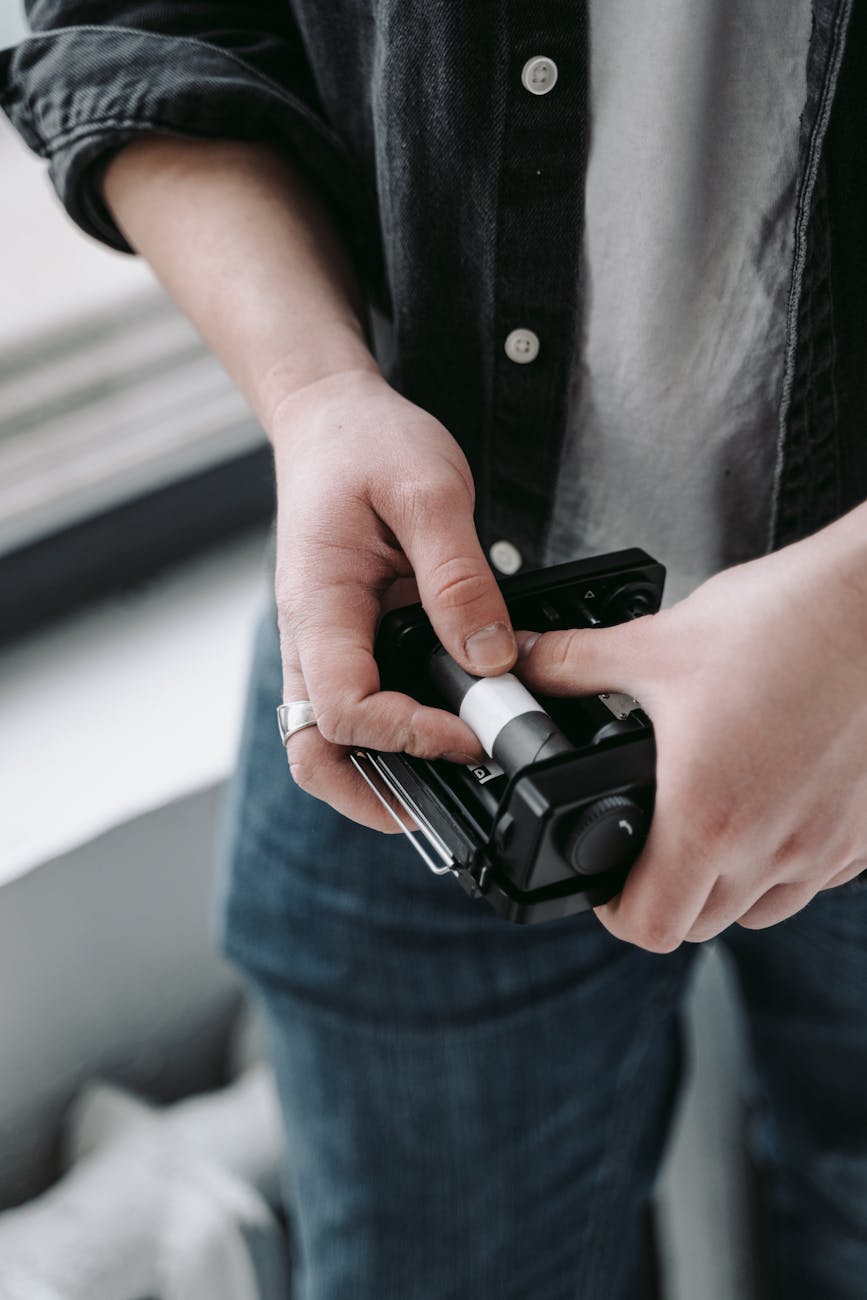
Techniques pour réussir avec le Canonet Junior
Ce que vous obtiendrez : Méthodes pratiques pour maximiser les résultats avec cet outil vintage.
Trucs pratiques pour la photographie
- Réglez l'ouverture à f/8 ou plus petite pour une plage de mise au point plus large.
- Utilisez un posemètre de smartphone si la cellule au sélénium ne fonctionne pas.
- Emportez un ensemble de filtres de 40 mm pour des ajustements créatifs.
- Expérimentez avec des films couleur et N&B pour apprendre la latitude d'exposition.
Je me souviens de mon premier rouleau lorsque le posemètre était mort.J'ai deviné Sunny 16 un après-midi ensoleillé, et ma première photo correctement exposée m'a semblé être la preuve que j'apprenais à voir la lumière au lieu de compter sur l'électronique.
Guide d'Achat de Seconde Main pour le Canonet Junior
Ce que vous obtiendrez : Une liste de contrôle étape par étape pour trouver un Canonet Junior d'occasion fiable.
Ce qu'il faut Inspecter
- Le posemètre réagit aux changements de lumière.
- Le déclencheur fonctionne proprement à plusieurs vitesses.
- Le verre de l'objectif est clair, sans brume ni champignon.
- L'avance et le rembobinage du film sont fluides.
- Les joints d'étanchéité sont intacts ou remplaçables.
Une inspection minutieuse debody l'état est essentielle avant l'achat.
Conclusion : Pourquoi le Canonet Junior inspire en 2025
Ce que vous obtiendrez : Un rappel de pourquoi ce petit 35 mm
Le Canon Canonet Junior reste pertinent non pas seulement par nostalgie, mais parce qu'il vous oblige à ralentir, à composer avec intention et à apprendre les habitudes fondamentales de la photographie. Abordable, accessible et résolument analogique, c'est un véritable appareil d'entrée dans la culture du film.
Décision rapide
- Vous cherchez un kit de démarrage pour la photographie sur film ? Commencez ici.
- Préférez un équipement léger et économique.
- Ne craignez pas la mise au point et l'exposition manuelles.
- Aimez le charme d'un design des années 1960. ```html
Avantages
- Léger et compact pour les voyages.
- Aucune dépendance aux piles.
- Excellent outil d'apprentissage pour les débutants.
- Esthétique charmante et expérience tactile.
Inconvénients
- Le mètre de sélénium peut être inexact ou défectueux.
- Plage de vitesse d'obturation limitée.
- La mise au point zone est moins précise que de véritables
rangefinder s.
FAQs
Le Canon Canonet Junior est-il bon pour les débutants ? Oui, il est simple à utiliser, ne nécessite pas de piles et vous aide à apprendre les bases sans fonctionnalités écrasantes.
Quel film devrais-je utiliser avec le Canonet Junior ? Les films standard 35 mm entre ISO 100–400, tels que Kodak Gold ou Ilford HP5, fonctionnent bien dans la plupart des conditions. ```
```htmlLe Canon Canonet Junior a-t-il besoin de piles ? Non — son posemètre au sélénium est autonome, bien que beaucoup ne fonctionnent plus. Un posemètre de smartphone aide en toute sécurité.
Que devrais-je vérifier avant d'acheter un Canonet Junior d'occasion ? Inspectez le posemètre, testez les vitesses d'obturation, vérifiez la lentille, vérifiez l'avance du film et examinez les joints d'étanchéité à la lumière.
Explorez notre collection de
Ou parcourez plus de A caméras si vous êtes toujours à la recherche de votre équipement photo argentique parfait pour débutants.




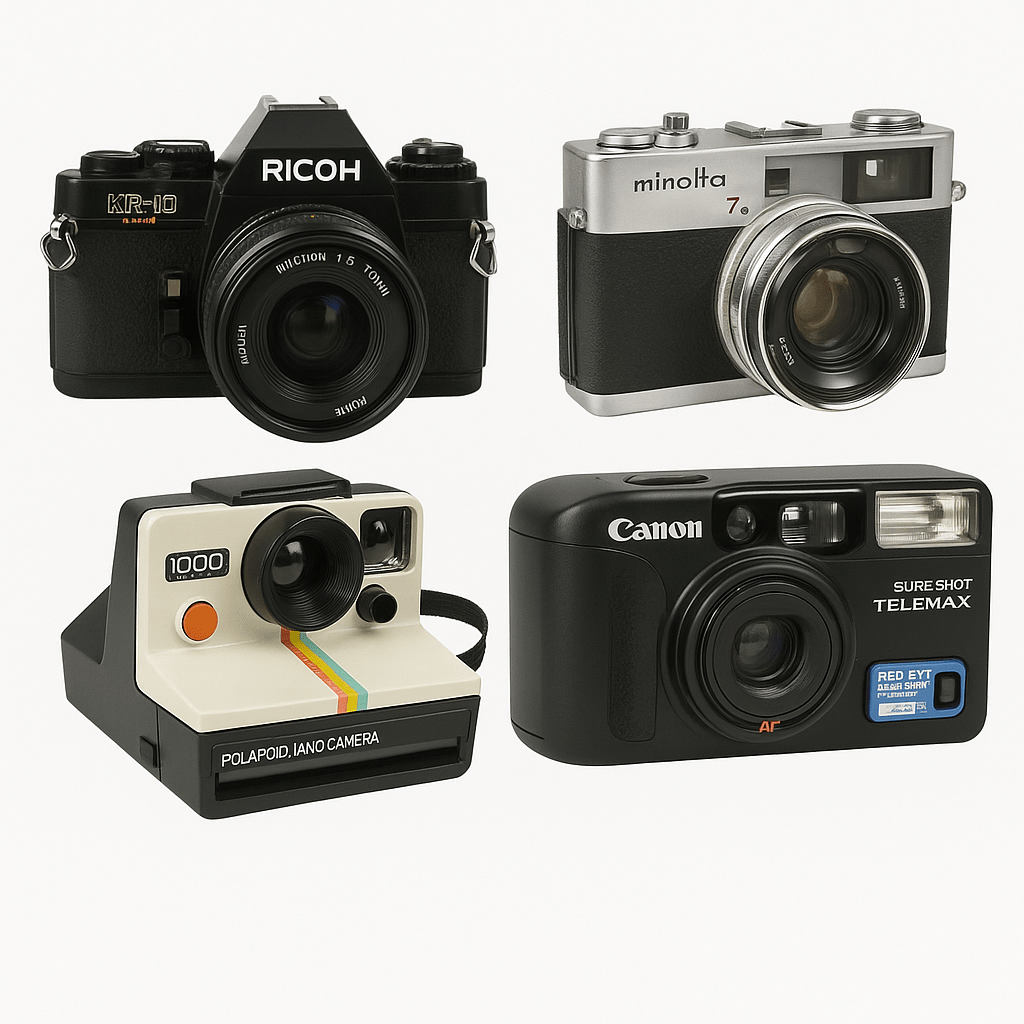

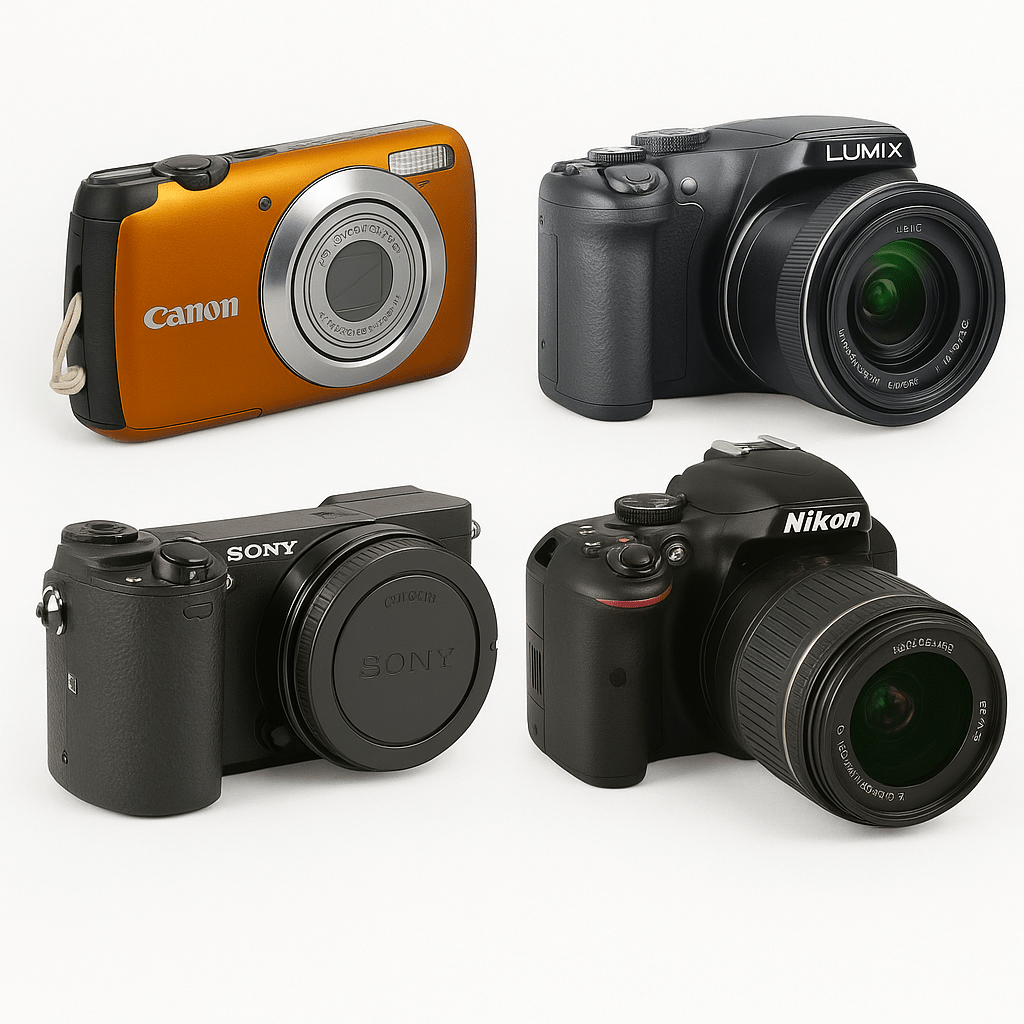
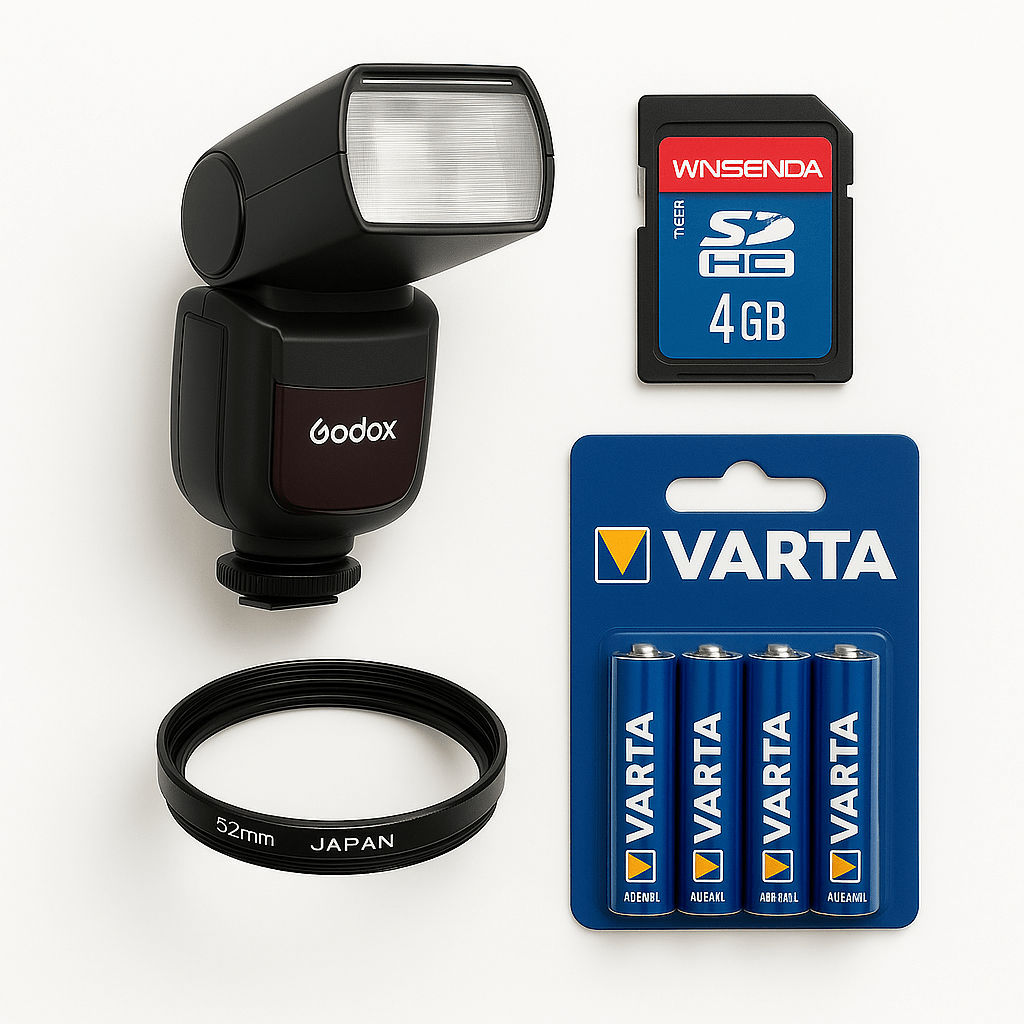

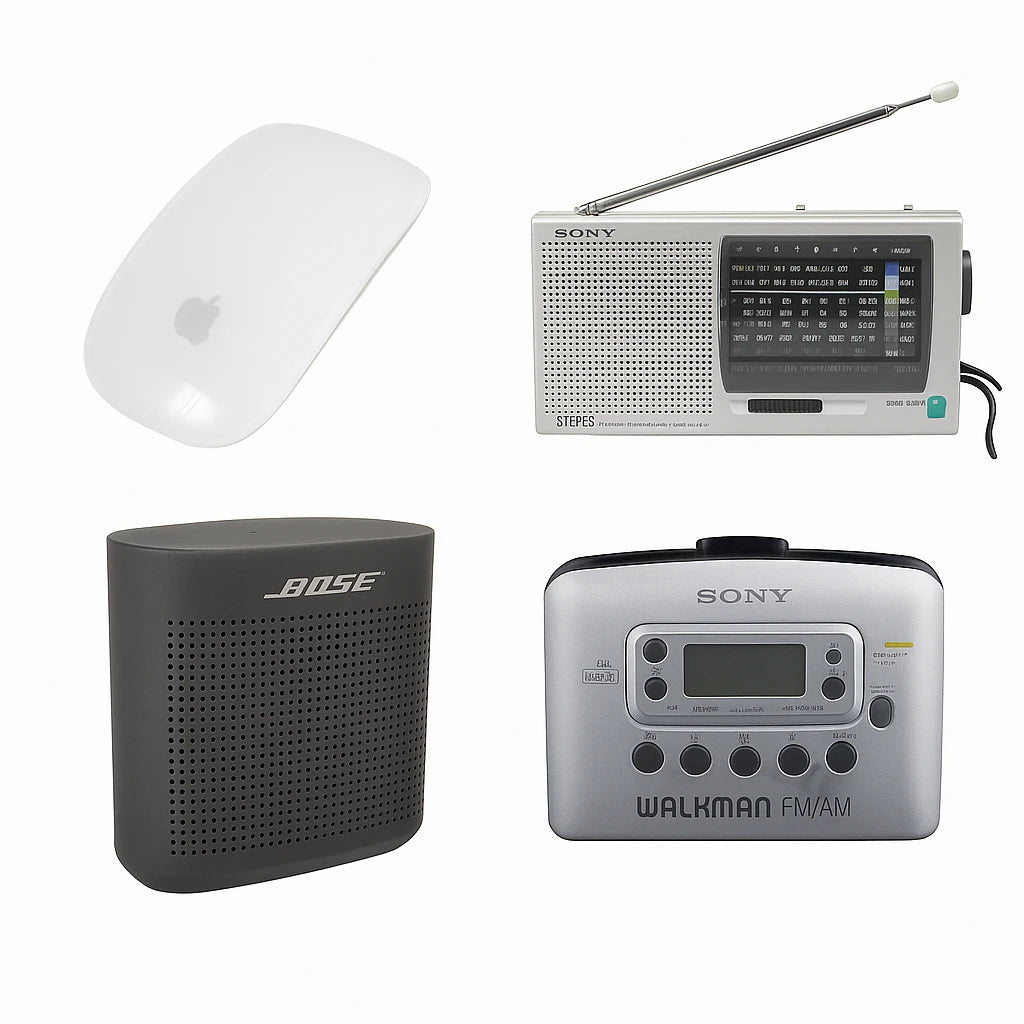
0 commentaire